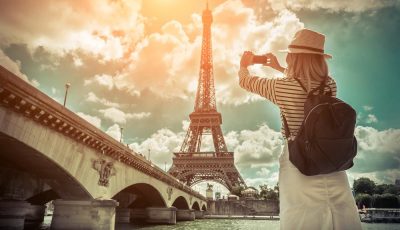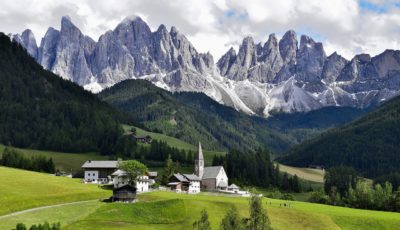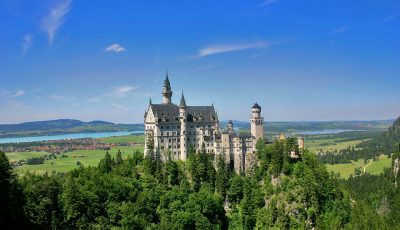10 Day Central Europe Itinerary: Prague, Vienna, Munich, Berlin
A trip around Central Europe is most enjoyable during spring or fall, when tourists are fewer and prices and accommodation are much cheaper. There are over 10 countries in Central Europe and each cannot be visited in a 10-day itinerary. Central Europe is popular for its many museums, architectural preservation, and massive palaces. There are cities you must not miss on this trip. To top it off, these cities can be easily accessed either through a Munich to Vienna train or a train from Berlin to Prague. In this article, we have curated a detailed guide for your 10-day itinerary to Prague, Vienna, Munich, and Berlin in Central Europe.
Prague, Czech Republic
The Czech Republic’s capital city, Prague, was established sometime in the ninth century. Due to its role in the growth of commerce and craftsmanship, it is one of the most significant cities in Central Europe. The Old Town of Prague, which is located on the east bank of the Vltava River, must be experienced on a two-day trip around Prague. This area, which is the most well-known section of the city, has been preserved with its quaint cobblestone-paved twisting alleys and enormous medieval turrets. A peaceful stroll is guaranteed given the small size of the Old Town area and the abundance of contemporary art pieces.
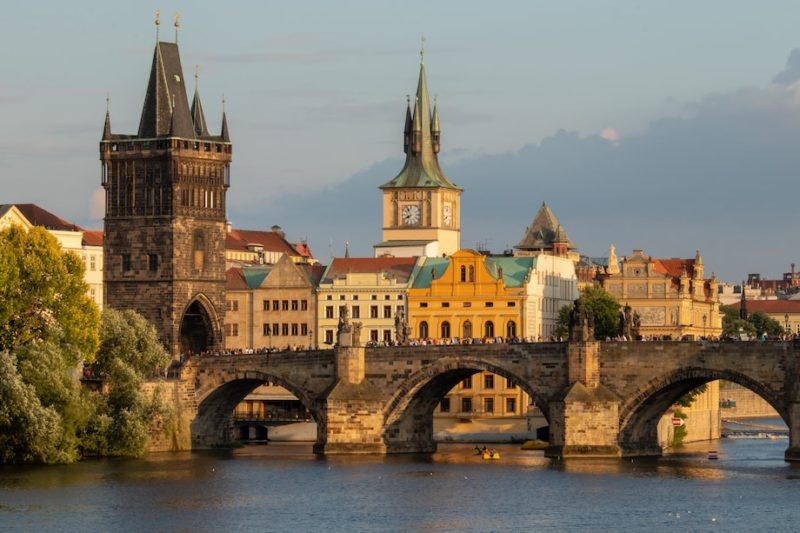
After that, pay a visit to the Old Town Square, the Old Town Hall, which overlooks the square from its 70-meter-tall gothic tower, and the Prague Astronomical Clock, the oldest clock still in use in the entire world. Visit Prague’s family-friendly Museum of Torture Instruments and Municipal Library, where a vertical tunnel is filled with hundreds of books. Enjoy the sunset on Europe’s most recognizable bridge, Charles Bridge, which spans the Vltava River, to cap off your first day in Prague.
Spend the second day on the Vltava River’s eastern bank. Visit Prague Castle, the largest castle complex in the world. Tour the St. Vitus Cathedral (in the complex), which took around 600 years to finish and is a magnificent architectural masterpiece. The Old Palace in the compound may be hosting a presentation of the Bohemian Crown Jewels, but this only occurs once every five years. You must not skip the Strahov Library, which is frequently cited as one of the locations you should see at least once in your lifetime. Enjoy the library, then go to Petrin Hill to enjoy some outdoor activities and see the 63-meter Petrin Lookout Tower, which has some similarities to the Eiffel Tower.
Vienna, Austria
Spending three days in Vienna is the best way to see the city’s true essence. You know by now that Europe is full of museums in all its nooks and crannies. Vienna is not left out. The best museum in Austria is the Kunsthistorisches Museum, which translates to the Museum of Art History. The museum includes Greek, Egyptian, and Roman artifacts in addition to the Habsburgs’ art collections. View Stephansdom, the nation’s most well-known church and the gothic seat of Vienna’s bishop. The Hundertwasser House is a notable piece of Austrian architecture. The house is a work of art that fuses expressionist architecture with a sense of the outdoors. It is an absolute delight to the eyes. End your first day at Prater Park, the oldest amusement park in the world.
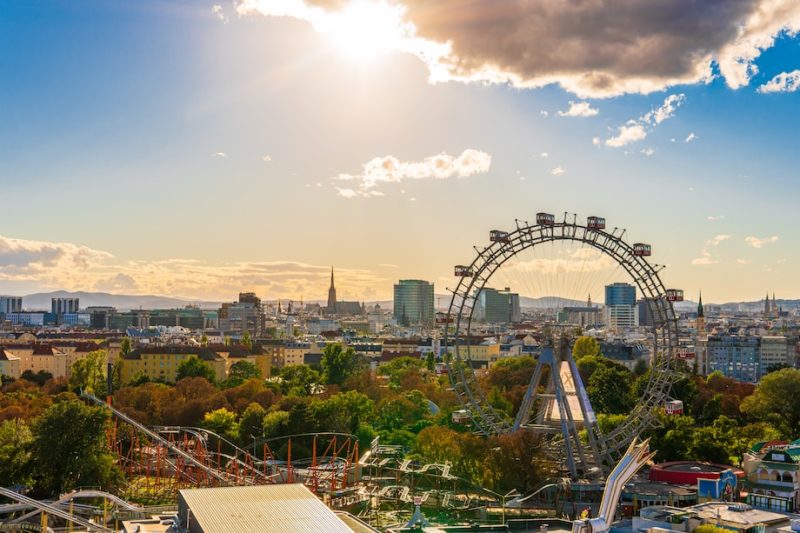
You should go to the Albertina on your second day in Vienna. The Albertina is a museum you cannot miss out on. If a musical show takes your interest, check out the Vienna Operahouse and take in a performance. Otherwise, you can simply explore the gorgeous interior. Visit the National Library, which has been preserved so well it looks like a scene from Beauty and the Beast has come to life, and tour the Hofburg palace complex, which also houses the president. Visit the Imperial Treasury to see the two exquisite imperial crowns on exhibit, then finish the day in the Butterfly House to observe the about 400 free-flying butterflies from all over the world that live there.
On your final day in Vienna, you should begin at the massive Schonbrunn Palace and take pleasure in being transported to the opulent and lavish summertime of the Habsburg monarchs. The zoo, labyrinths, Roman remains, and Orangery can all be explored in a half-day. The rest of the day should be spent admiring Karlskirche. This church, which was finished in 1737 following a severe plaque infection, is the most impressive Baroque-styled structure in Vienna.
Munich, Germany
Bavaria’s capital is known for its rambunctious drinking culture. Sure, you can have a few beers on your trip, but Munich, the heart of southern Germany, offers much more. Buying a two-day Hop On Hop Off bus pass that gives you access to as many bus rides as you need is a wise decision to make on this vacation. The city is also quite pedestrian-friendly, so you can complete most of your sightseeing on foot. During World War II, much of Old Town was destroyed, and much of it was reconstructed to its former form. The city square is known as Marienplatz, and at 11 a.m., the Old Town Hall’s Glockesspiel comes to life. Step into the Devil’s Footprint at Frauenkirche. Yes, the devil left his imprint there during a fit of rage, according to mythology. The Residenz, the royal family’s residence, and Hofgarten, the palace’s gardens, are also must-see attractions.
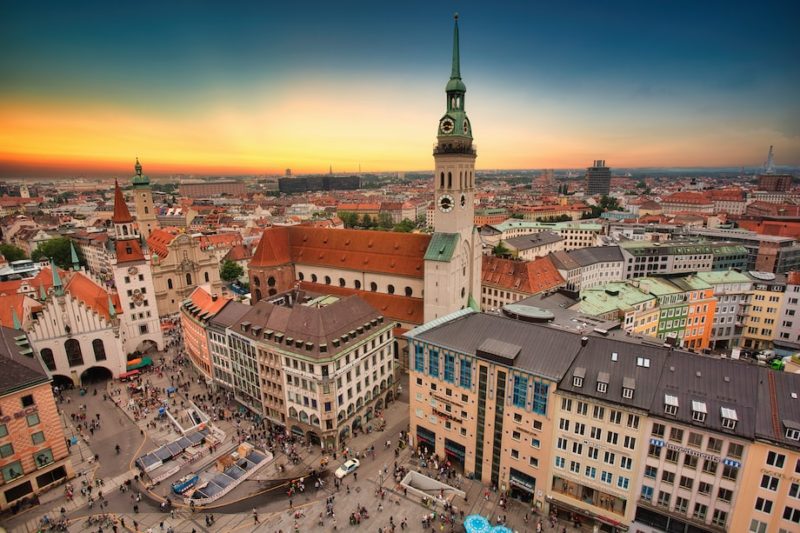
If you haven’t seen all the museums you want to see, Munich has several fantastic ones. Spend your second day in Munich at Englischer Garten if you have had your fill. You can surf or watch surfing at the city’s urban park. If skinny-dipping is your thing, you can try it at a river in the park. Despite being legal, avoid staring. Spend the rest of the day shopping, and purchase your own authentic Bavarian clothing while at it.
Berlin, Germany
Berlin, Germany’s most well-known tourist attraction, is where you’ll spend the final three days of your journey. You can’t walk very far because the city is so big. By purchasing the Berlin WelcomeCard, which gives you access to public transportation and offers discounts and passes to more than 200 attractions in the city, you will save time and money. You must choose which sights to view in these three days due to the fact that you have a lot to see. One of the numerous border crossings connecting East and West Berlin is Checkpoint Charlie. It is a popular tourist destination, and you can learn more about its history and that of the Cold War by reading the noticeboards there.
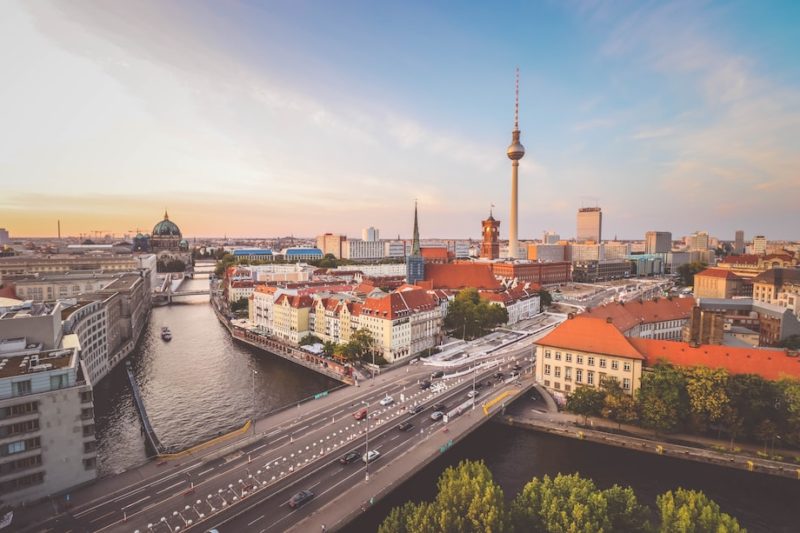
The Topography of Terror Museum displays and teaches about some of the cruelty committed by the Nazi dictatorship. Also, do visit the Memorial to the Murdered Jews of Europe. Last but not least, admire the Bradenburg Gate and relax in the Berlin Tiergarten—a stunning and sizable park on the west side of the gate.
Take a Spree River cruise on the second day. Museum Island is located in the river. Five museums can be found on this island. If you want to see any, make an excursion to the Pergamon Museum. Do not miss out on the enormous Berlin Cathedral. Inside the church is the Hohenzollern Crypt, where many royals are buried. For a sweeping view of the city, climb the 368-meter TV Tower in the city.
On the third day, explore Charlottenburg Palace, Berlin’s biggest palace. A reminder of how World War II affected Berlin is the partially destroyed Kaiser Wilhelm Memorial Church that is located next to the palace. Finally, enjoy the colorful and imaginative murals as you stroll along the Berlin Wall.
Yes, you know. Central Europe does not end with these four cities. And there are still a lot more towns and cities in the countries that make up Central Europe to explore. This guide, however, promises you a short but rich and adventurous time. Let’s get to bag packing, shall we?

